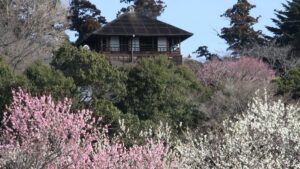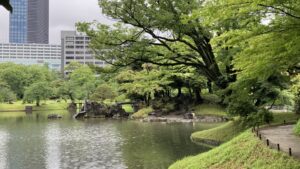The Battle of Sekigahara
On 21 October 1600 (15 September 1600 in the Keicho era), the Battle of Sekigahara, the largest battle in Japanese history, was fought mainly in the Sekigahara area. The Eastern Army, led by Tokugawa Ieyasu (1543-1616, 徳川家康), about 70,000 to 80,000 soldiers, some of whom were loyal to Toyotomi Hideyoshi (1537-1598, 豊臣秀吉), clashed with the Western Army, led by Ishida Mitsunari (1560-1600, 石田三成), about 90,000 soldiers loyal to Toyotomi Hideyoshi. Contrary to expectations that the battle would be a long-term war to determine the nation's next ruler, it ended in a victory for the Eastern Army after only six hours. Let's take a look at the secret of their strength, as seen in the strategies and negotiations of Tokugawa Ieyasu before and after the battle. (From here on, dates are written in the Japanese calendar.)
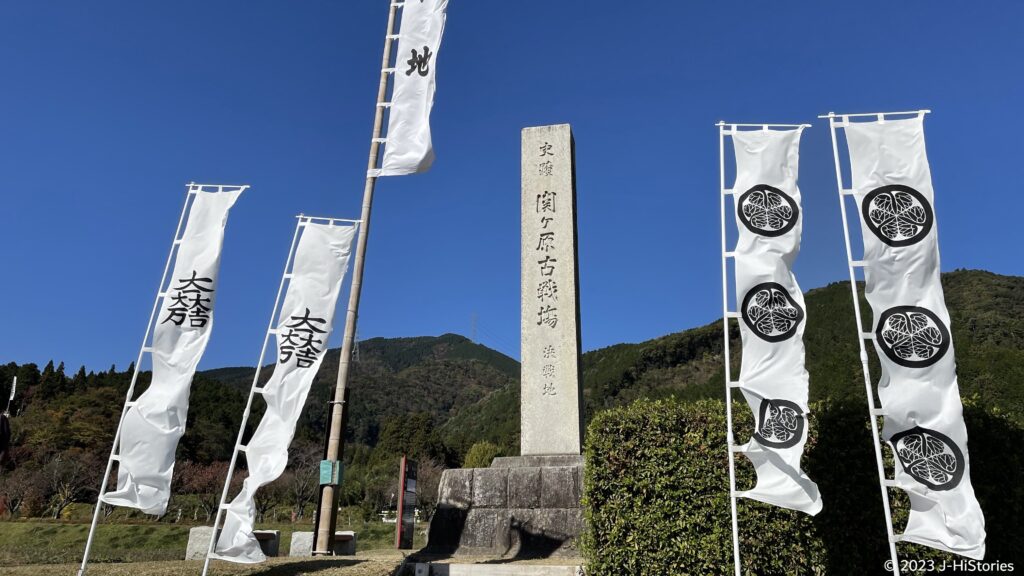
Ieyasu Gains Power After the Death of Toyotomi Hideyoshi
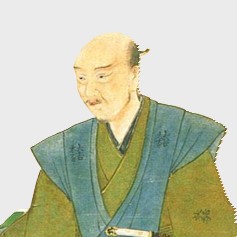
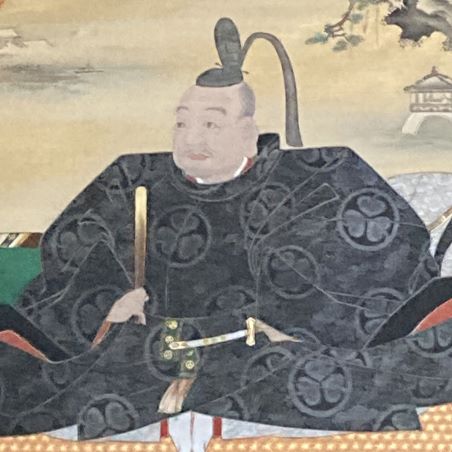
Toyotomi Hideyoshi, who unified the nation and rose to the position of regent, passed away in 1598, leaving behind his five-year-old son Hideyori (1593-1615, 豊臣秀頼). As stipulated in his will, the governance of the Toyotomi family was entrusted to a council of five elders, including Ieyasu, and five administrators, among them Hideyoshi's loyal retainer, Ishida Mitsunari. However, as Ieyasu gradually gained more power, tensions escalated between him and Mitsunari, ultimately leading to the Battle of Sekigahara.
Ieyasu's Letter Strategy
The feudal lords across the country faced a critical choice: remain loyal to the Toyotomi family and fight alongside Mitsunari against Ieyasu, or side with Ieyasu against Mitsunari. In this situation, Ieyasu launched an extensive letter campaign, sending 160 letters to 82 feudal lords, including several influential lords of Toyotomi, within just 50 days. Through this effort, Ieyasu aimed to steadily bring more feudal lords across the country into his camp in preparation for the decisive battle against Mitsunari. In addition, he instructed his retainers to carry out similar negotiations and make use of Ii Naomasa, one of his four great retainers, to sway influential lords of Toyotomi. As a result, Ieyasu succeeded in securing the key lords on his side.
Strategic Maneuvers Leading to Sekigahara
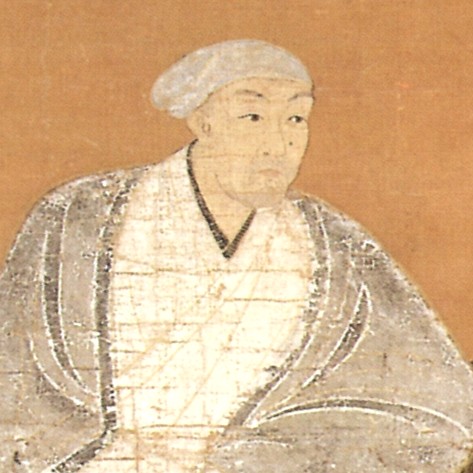
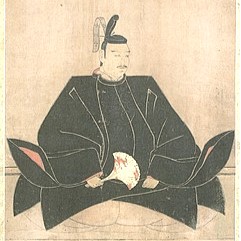
Ieyasu successfully won over Fukushima Masanori, a key figure favored by the Toyotomi clan, and orchestrated the defection of the Mori clan—the main force of the Western Army—through the efforts of Ii Naomasa (1561-1602, 井伊直政), one of his four great retainers and a skilled negotiator, and Kuroda Josui (1546-1604, 黒田如水), a former strategist for Hideyoshi, and his son, Kuroda Nagamasa (1568-1623, 黒田長政). Additionally, by undermining Kobayakawa Hideaki, the nephew of Hideyoshi’s legal wife, Ieyasu created a highly favorable strategic position for the upcoming battle.
(1) Attracting Fukushima Masanori to the Tokugawa Side
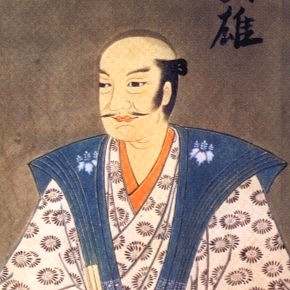
Ieyasu sent 14 letters to Fukushima Masanori, top and one of Hideyoshi's retainers from his boy days, to bring him over to the Tokugawa side. Masanori, a military faction, was at loggerheads with Ishida Mitsunari, a civilian faction. He was the first to declare his support for Ieyasu, saying “I hate Mitsunari.” This declaration led many other Toyotomi lords to switch sides to Ieyasu. At the Battle of Gifu Castle, a ley prelude to Sekigahara, Masanori fought fiercely in the Eastern Army’s vanguard alongside Ikeda Terumasa, another Toyotomi warlord who had joined Ieyasu. Facing the challenge of crossing the Kiso River, the two armies advanced crossing the river simultaneously from the north and south, to split and reduce the Western Army’s defenses. Once arrived south of Gifu Castle, they launched a full attack and captured Gifu Castle in just one day. This victory forced Mitsunari's plan to use the Kiso River as a defensive front, to change his strategy and move the battlefield to Sekigahara. On the day of the decisive battle at Sekigahara, Masanori fought bravely at the front and was the first to charge to the enemy.
(2) Securing the Mori Clan's Non-Participation at Sekigahara
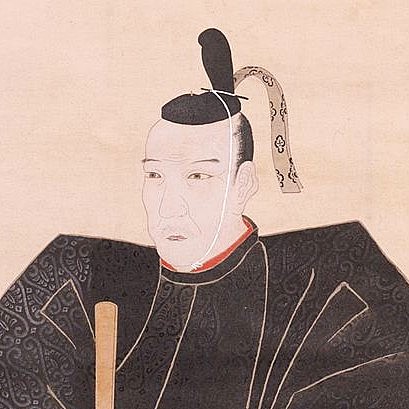
Fearing that Mori Terumoto (1553-1625, 毛利輝元), the grandson of the powerful warlord, Mori Motonari (1497-1571, 毛利元就), who had ruled the vast Chugoku region, and his two grandsons Kikkawa Hiroie, the eldest son of his second son Kikkawa Motoharu and Kobayakawa Hideaki, the adopted son of his third son Kobayakawa Takakage, and his fourth son, Hidemoto, might join the Western Army, Ieyasu sought to approach the Mori clan. Ii Naomasa, one of the four great retainers of Ieyasu, allied with Kuroda Nagamasa, the son of Kuroda Josui, who had been a close advisor to Hideyoshi and succeeded in making contact with Kikkawa Hiroie (1561-1625, 吉川広家), who was seeking to ensure the survival of the Mori clan. Hiroie then promised that the Mori army would not move during the battle.

As a result, although the Mori forces took up positions on Mt.Nangu, where they could attack Ieyasu from behind, the general, Mori Hidemoto, was unable to move his troops forward because Hiroie's forces were blocking his path, and the Mori army stood and watched. At the same time, Ieyasu used Kobayakawa Hideaki and the nephew of Hideyoshi's legal wife, Nene, to make a plot through Kuroda Nagamasa. He succeeded in turning Hideaki to the Tokugawa side, saying, "It is also Nene's intention to side with Ieyasu." On the day of the battle, Hideaki led a large number of soldiers as the key force to the Western Army, and continued to watch the battle from his position on the particularly high Mt. Matsuo. Then, at the moment when the battle became a confused melee, he started to attack the Otani forces positioned near the main camp of Ishida Mitsunari and destroyed and routed them. As a result, several smaller units also switched sides with the Tokugawa, leading to a major defeat for the Western Army.
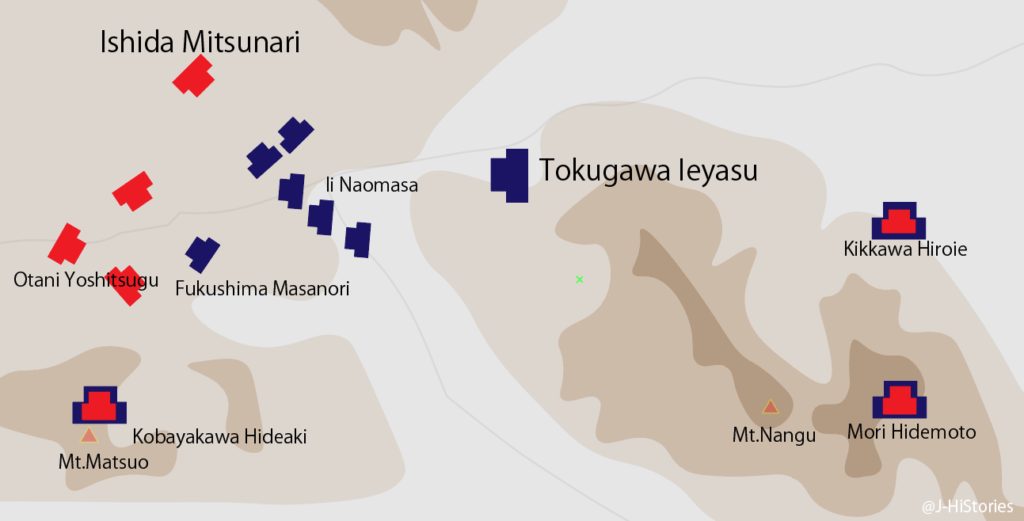
National-scale Battle of Sekigahara
The Battle of Sekigahara, known as the battle that decided the next ruler of the nation, spread across the country. As the name suggests, the warlords of Japan fought in two, the Eastern Army and the Western Army. The Battle of Sekigahara was not only the largest in the history of the Warring States period, but also battles were fought across the country and the warlords of Japan fought using their wits and military might.
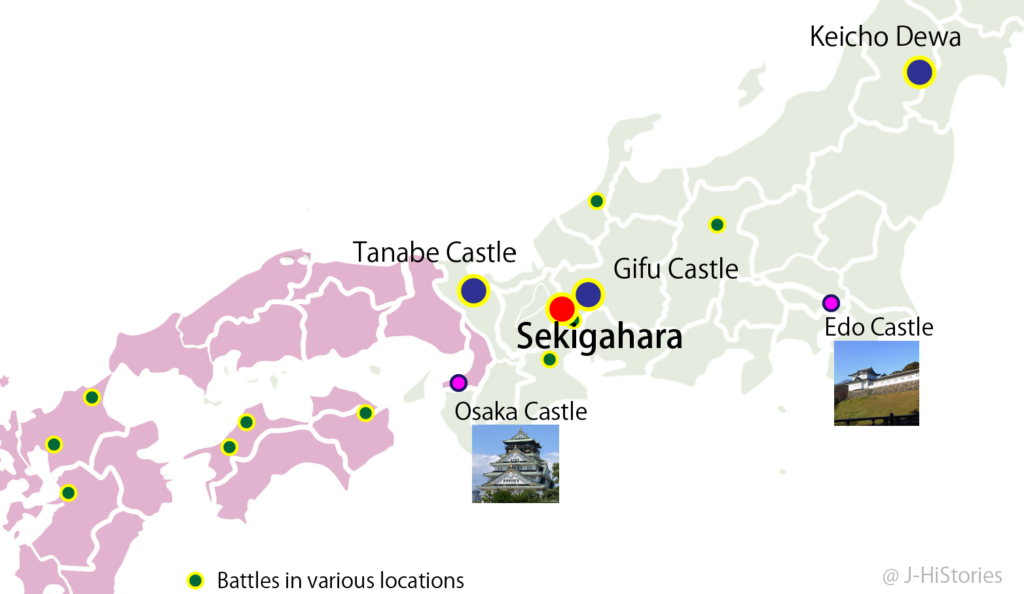
(1) The Battle of Keicho Dewa in Tohoku
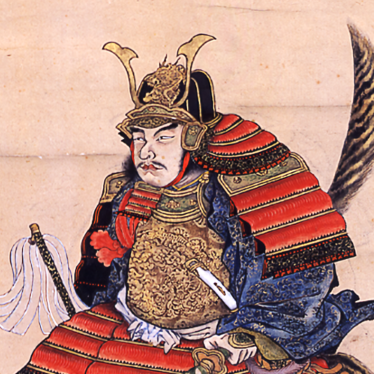
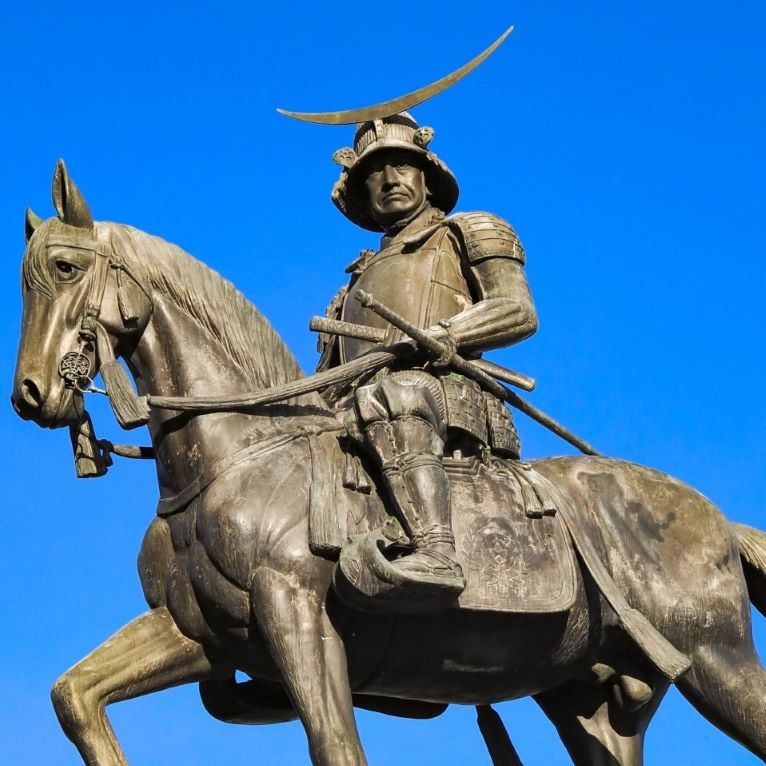
In the Tohoku region, Uesugi Kagekatsu (1556-1623, 上杉景勝), one of the five elders who opposed the Tokugawa, attacked the neighboring Tokugawa-aligned Mogami Yoshimitsu in coordination with Ishida Mitsunari's uprising. This conflict became known as the Battle of Keicho Dewa. Just before the battle, Date Masamune (1567-1636, 伊達政宗), another warlord in Tohoku, received a letter from Ieyasu promising him one million koku of land. With this assurance, he joined Mogami in resisting the Uesugi forces. The combined Mogami-Date army numbered around 10,000, significantly outnumbered by the 30,000 of the Uesugi army. On September 29, as the battle raged, the Uesugi army received news of Ishida Mitsunari’s crushing defeat at Sekigahara. The following day, the Mogami and Date forces also received news of the Eastern army's victory. Shifting from defense to offense, they began to counterattack and pursued the retreating Uesugi forces. By October 4, the Uesugi forces had managed to shake off their pursuers and returned to Yonezawa Castle, marking the end of the Battle of Keicho Dewa, sometimes called the Sekigahara of Tohoku.” The number of letters that Date Masamune received from Ieyasu was 9 and was the second highest, after Fukushima Masanori's 14 letters. This shows that Ieyasu was concerned about how to keep a check on Uesugi.
(2) The Siege of Tanabe Castle in Hokuriku: Culture as a Weapon
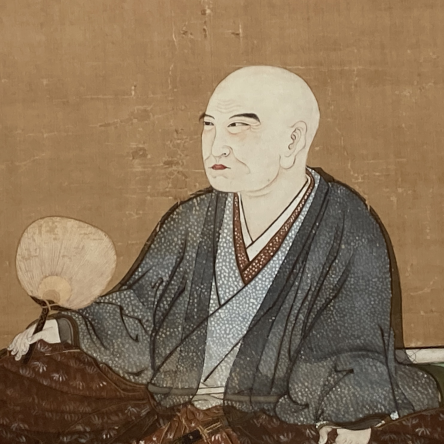
In the Hokuriku region, on July 19, 15,000 soldiers of the Western Army laid siege to Tanabe Castle, where Hosokawa Yusai (1534-1610, 細川幽斎) had taken refuge in support of Ieyasu. Hosokawa's main force, led by his eldest son Tadaoki, had been deployed to fight Uesugi in the Tohoku region, leaving only about 500 defenders at Tanabe Castle. By the end of July, the castle was on the verge of falling. However, Yusai, a renowned cultural figure, chose to resist not just with arms but with culture. Many soldiers in the Western army had studied Waka under Yusai. Out of respect for their teacher, their attacks gradually weakened, with some resorting to firing blank shots. In addition, Yusai was taught the secrets of Kokin Waka poetry through oral tradition. Fearing that the ‘Kokin Denju’ tradition would be lost if Yusai died, the 107th Emperor Goyozei repeatedly urged the castle to surrender, but Yusai continued to refuse. Finally, the Emperor issued an imperial order for peace between the two armies. On September 13, just two days before the Battle of Sekigahara, Tanabe Castle surrendered. By keeping the 15,000 soldiers of the Western Army pinned down at Tanabe Castle, Yusai’s resistance weakened the Western Army’s overall strength. In the Battle of Sekigahara, where the Eastern and Western military strength were evenly matched, his strategy p contributed greatly to the victory of the Eastern Army.
The Power of Ieyasu’s Letters
These letters explained their rewards and additional territory upon victory. The content was different from Mitsunari’s, in which he preached the “duty of loyalty” to the Toyotomi family. Of course, Mitsunari also wrote a letter offering a reward, but because the contents were an unrealistic and extravagant guarantee, many of the warlords became skeptical, and it is said that this was one of the reasons they distanced themselves from Mitsunari. Ieyasu, a great admirer of the Rikuto, a book on the art of war, followed one sentence: “The relationship between lord and vassal is based on the interests,” and he challenged the war for supremacy as a feudal lord.
Securing Victory After the Battle
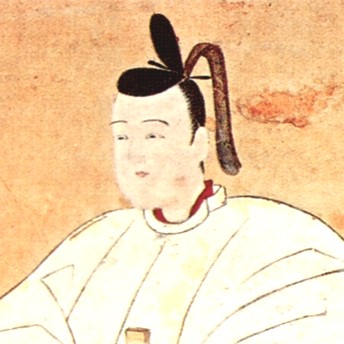
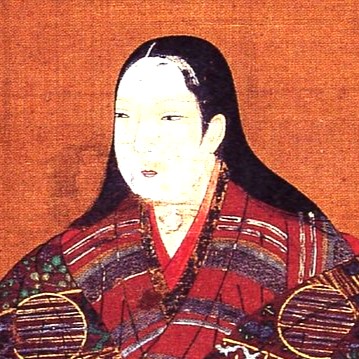
Although the Eastern Army had secured the victory in the six-hour decisive battle, Mori Terumoto’s main force, which supported Hideyori, remained in Osaka Castle. If the unharmed Mori army, which had watched the Battle of Sekigahara without engaging, were to join forces with the remnants of the Western Army and besiege Hideyori in the formidable stronghold of Osaka Castle, the balance of power could shift against Ieyasu. To preempt this risk, Ieyasu sent a letter to Terumoto urging him to withdraw from Osaka Castle. In response, Terumoto sent a written oath to Ieyasu stating that he would leave Osaka Castle on the condition that his fiefdoms would be guaranteed. Ieyasu's retainers, Honda Tadakatsu and Ii Naomasa, presented Terumoto with a written oath ensuring the safety of his fiefdoms. With these assurances, Terumoto withdrew from Osaka Castle. Ieyasu then entered the castle, met with Toyotomi Hideyori and his mother Yodo-dono, confirmed his victory at Sekigahara, and resumed his rule.
Timeline of the Battle of Sekigahara
| Tokugawa Ieyasu | Ishida Mitsunari | Period | ||
|---|---|---|---|---|
| 1584 | Ieyasu made a victory at Komaki-Nagakute battle against Toyotomi Hideyoshi | 43 | 24 | Warring State Period |
| 1586 | Hideyoshi built the huge Osaka castle | 45 | 26 | |
| 1590 | Hideyoshi unified the nation | 49 | 30 | |
| 1598 | Hideyoshi passed away | 57 | 38 | |
| 1600 | The year of the Battle of Sekigahara | |||
| 1600/7/7 | Ieyasu calls his allies to punish the Uesugi in Aizu | 59 | 40 | |
| 1600/7/21 | Ieyasu left Fushimi Castle toward Aizu | 59 | 40 | |
| 1600/7/25 | Fukushima Masanori and others declare their support for Ieyasu | 59 | 40 | |
| 1600/8/1 | Falls of Fushimi Castle | 59 | 40 | |
| 1600/8/5 | Ieyasu returned to Edo Castle. Mitsunari returened to Sawayama Castle | 59 | 40 | |
| 1600/8/22 | Fukushima Masanari and Ikeda Terrumasa crossed the Kiso River | 59 | 40 | |
| 1600/8/23 | Gifu Casle was defeated | 59 | 40 | |
| 1600/9/1 | Ieyasu left Edo Castle | 59 | 40 | |
| 1600/9/2 | Otani Yoshitusug arrived at Sekigahara | 59 | 40 | |
| 1600/9/3 | A messenger is sent to Tanabe Castle to open the castle. | 59 | 40 | |
| 1600/9/7 | Mori Hidemoto and Kikkawa Hiroie arrived at Sakigahara, Mt.nangu | 59 | 40 | |
| 1600/9/12 | Tanabe Castle was surrendered | 59 | 40 | |
| 1600/9/14 | Kobayakawa Hideaki arrived Sekigahara, Mt.Matsuoyama | 59 | 40 | |
| 1600/9/15 | The Battle of Sekigahara began at 8:00. The Eastern Army won around noon. | 59 | 40 | |
| 1600/9/17 | Falls of Mitsunari's Sawayama Castle | 59 | 40 | |
| 1600/9/17 | Negotiations begin for Mori Terumoto to leave Osaka Castle | 59 | - | |
| 1600/9/25 | Mori Terumoto leaves Osaka Castle | 59 | - | |
| 1600/9/27 | Ieyasu enters Osaka Castle and makes peace with Toyotomi Hideyori. | 59 | - | |
| 1603 | Ieyasu established the Tokugawa Shogunate at Edo | 62 | - | Edo Period |
| 1614 | The Winter Siege of Osaka | 73 | - | |
| 1615 | The Summer Siege of Osaka | 74 | - | |
Recommendations to visit
- Access: 10-minute walk from JR Sekigahara Station

